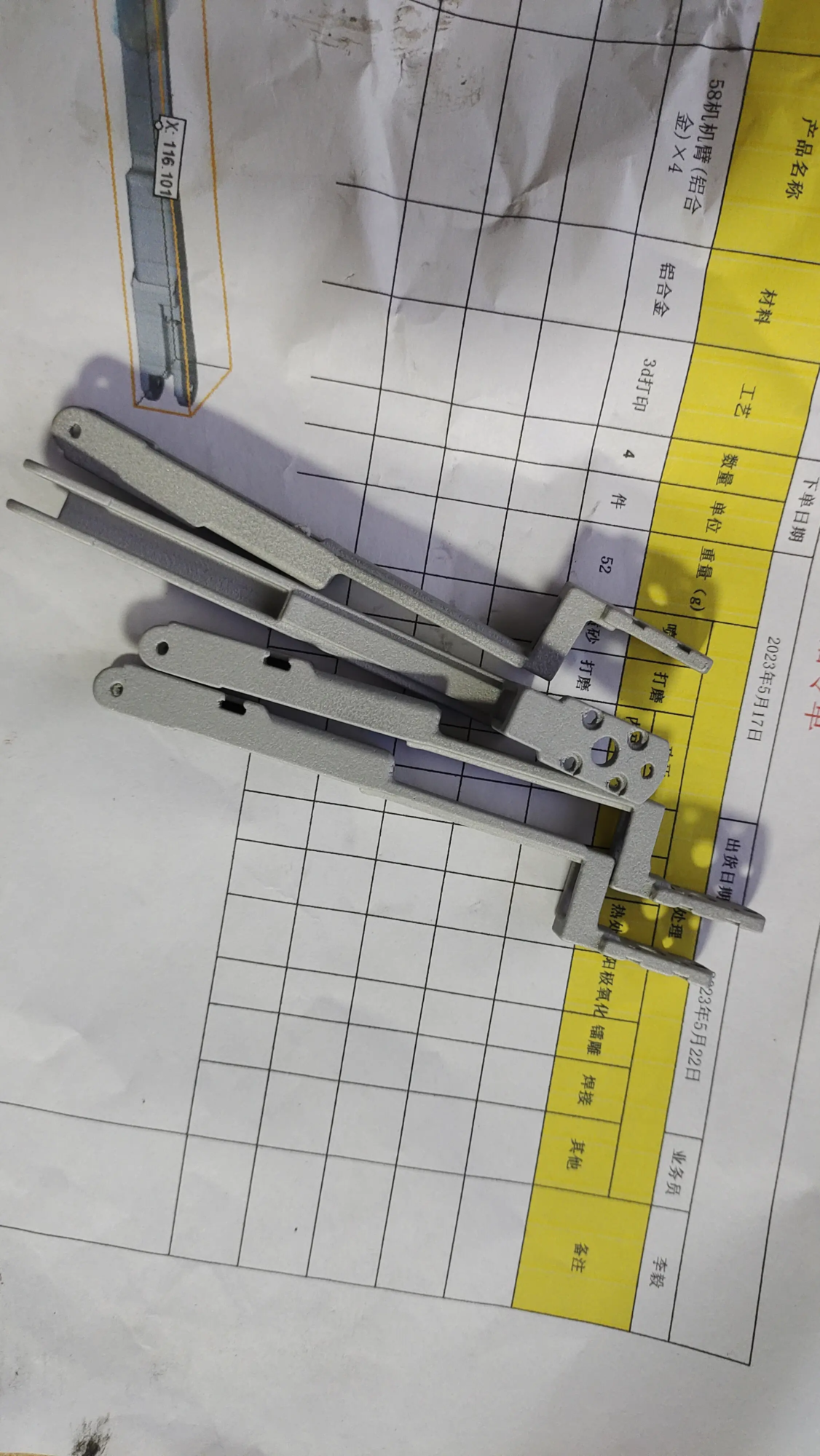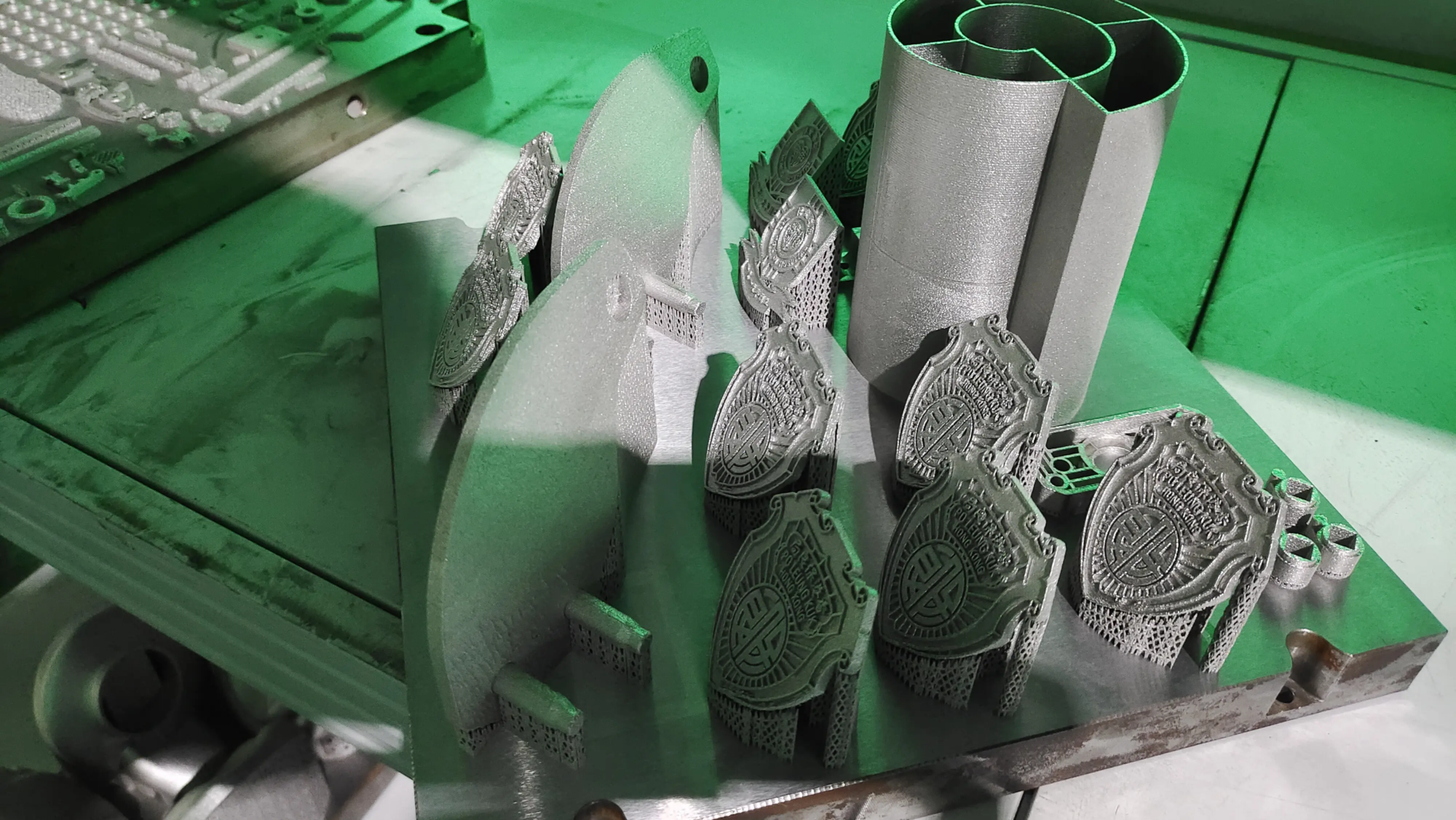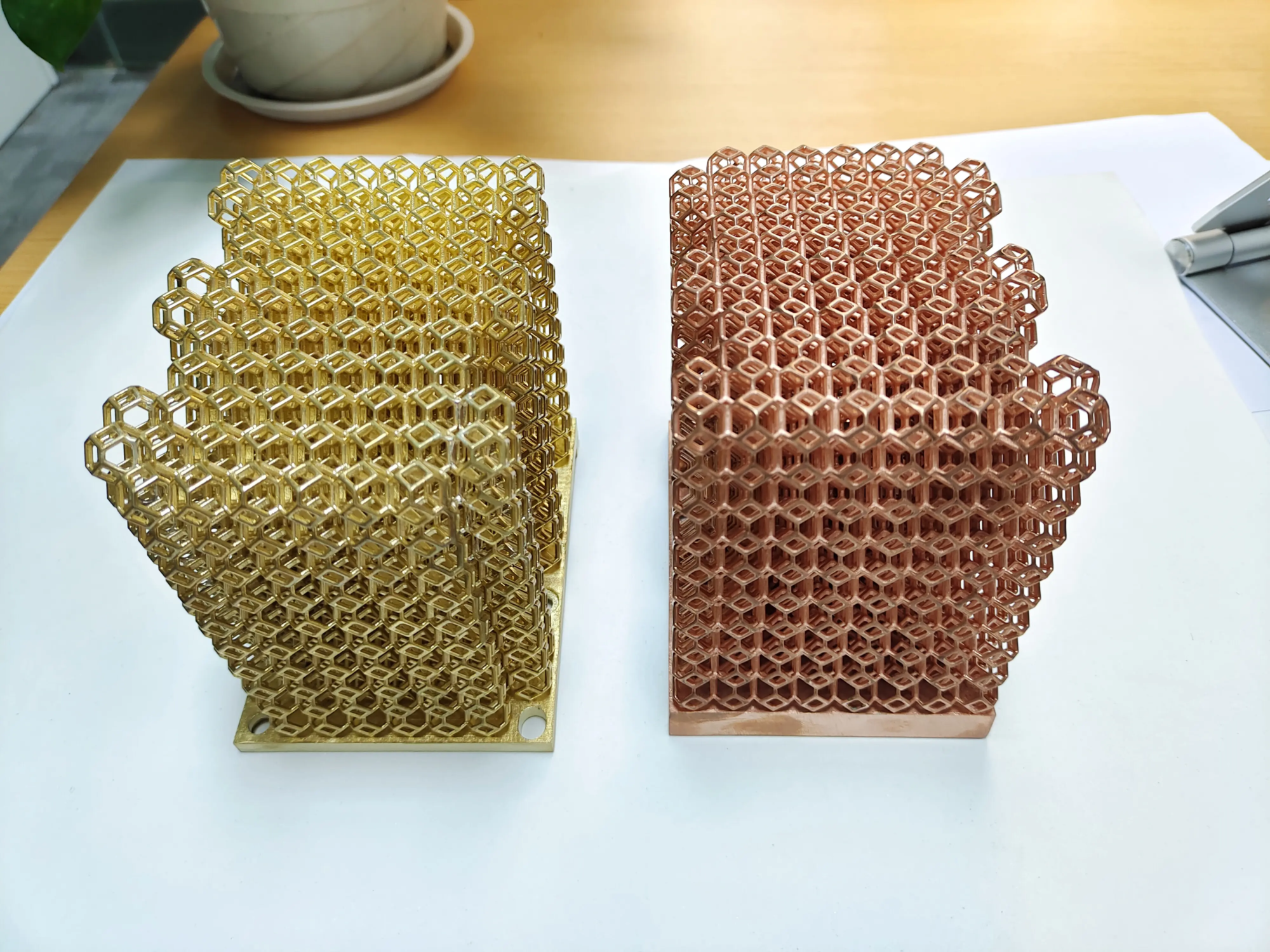The looming shell shortage and high-tech hope for hermit crabs
Imagine this is a soft creature that lives entirely on the removal of an abandoned house. That is the reality of hermit crab. Unlike relatives, hermit crabs do not grow their own protective shells. Instead, they depend on empty gastropod shells – a increasingly threatened resource. Habitat destruction, ocean acidification, and especially explosions of plastic pollution are causing severe shell shortages. Discarded bottles and hats are often used as desperate alternatives, pose a serious risk to crabs and further contaminate the ecosystem.
This crisis requires innovative solutions, and a surprising competitor is emerging: additive manufacturing, commonly known as 3D printing. It offers the potential to create safe, sustainable and readily available artificial shells, providing a lifeline for these fascinating crustaceans while demonstrating the power in ecological conservation of advanced manufacturing.
The depth of shell crisis: more than just inconvenience
Hermit crabs are crucial ecosystem engineers. They are constantly looking for new, larger shells (they grow) ("upgrade") drives movement and affects beach dynamics. The lack of suitable shells directly affects its survival and reproduction:
- competition: Fierce battles erupt on scarce resources, resulting in injury or death.
- Premature eviction: Crabs may forcibly expel others to steal shells.
- Fatal alternatives: Plastic debris fragments have sharp edges that capture crabs or potentially leaching toxins.
- Decreased growth and fertility in dysplasia: Crabs trapped in shells do not grow properly or reproduce effectively.
- Ecosystem imbalance: The decline in hermit crab population can affect the relationship between predators and the nutrient cycle on the coastline.
"The middle part of the shell" – Most piles that are not suitable for shells – A sharp illustration of the mismatch between human changing beaches and natural availability near tourist areas. This is not a niche problem; it is a symptom of the wider environmental challenges affecting coastal biodiversity.
3D Printing: Specifications of Project Residence
Traditional conservation efforts often involve the collection and distribution of natural shells, which are complex, lack scale, and do not address the root causes of natural supply decline. 3D printing display paradigm offset:
- Customization and precision: The crab shells are not uniform. Advanced scanning and CAD design allows the manufacture of shells for complex three-dimensional helical structures, precise weight, buoyancy requirements, protective thickness, and aperture required for different crab species and sizes. Perfect fit is essential for stability and avoiding predators.
- Rapid prototype and iteration: This is where high-end manufacturing really shines. The company likes it Greatspecializes in the study of accuracy Rapid prototypingbring key features to the table. Their expertise SLM (Selective Laser Melting) 3D Printing – Known for producing complex high intensity Metal parts Solved with excellent details – highlighting the complex approaches that can be achieved. Although SLM itself can be used for robust design verification tools, the real value lies in the fast iteration process. Researchers can quickly design, use the right materials (such as advanced polymers), fit, behaviour and durability tests on crabs, receive feedback and redesigns – all of which accelerates Rapid prototyping Professional knowledge. This agility is crucial for fast refining functions and effective housing design. Capabilities provided by Greglight One-stop post-processing and completion Further ensure that the prototype closely mimics the texture and usability of the natural shell for real testing.
- Material Innovation: Bio-based, biodegradable polymers (such as PLA (derived from corn starch)) are the main candidates. They provide basic features:
- Non-toxic: It is crucial for the health of crabs.
- Light: Imitate natural shells for easy movement.
- buoyancy: Appropriate buoyancy assists movement underwater and on land.
- Degradability: After the crab grows or is lost, it is safely broken down (unlike plastic waste).
- Structural integrity: Strong enough to withstand predation attempts and environmental stress. Customized material treatmentAs provided by the precision manufacturer, experiments can be performed with the mixture to optimize these properties.
- Scalability potential: While current efforts often use accessible desktop printers for research and small-scale versions, professionals have achieved powerful testing and design validation Rapid prototyping Pave the way for large-scale manufacturing technologies such as injection molding to provide extensive protection. Rapid prototyping ensures design Improved before mass production.
Field trials and emerging success
picture "Project shells" This concept has been created. They prove that hermit crabs are easy to choose and live in biodegradable 3D printed shells. Successful testing, often involving citizen scientists, has been conducted in controlled environments and has limited wild versions. Crabs wearing printed shells exhibit natural behavior: move effectively, retreat inside when threatened, and interact normally.
A key discovery? Not just any printing shape is enough. Crabs show a clear preference for replicas that mimic the specific characteristics of their preference for natural shells (e.g., the size of whales vs. turbine snail shells), highlighting the need for biologically informed, precise engineering design. Rapid Prototyping Service.
Overcoming the Challenge: The Way to Go
While there is hope, the challenge remains:
- Material life and degradation rate: Finding the shells lasts long enough for useful but once discarded is crucial.
- Large-scale cost-effectiveness: Transferring from small batch prototypes to large-scale economic production requires optimization and utilization through Rapid prototyping.
- Species-specific optimization: Different hermit crab species have different shell preferences and habitat needs.
- Environmental Integration: Ensure that degraded products are harmless and that the shell does not introduce new ecological damage.
- Behavior Acceptance: Continuous testing ensures that artificial shells truly replicate the benefits of natural shells just outside of careers.
Continuing collaboration is crucial: Marine biologists develop behavioral insights, materials scientists innovate through novel, marine conservation biopolymers, while advanced manufacturers are engineered and Production technology Effectively translate concepts into viable field testing prototypes. Greatthe focus is on solving complexity Rapid Prototyping Problem And provide high quality Custom precision machiningembodies manufacturing expertise to accelerate solutions to these challenges by quickly creating functionally tested prototypes.
Conclusion: A lighthouse of innovation for protection
The hermit crab shell crisis is an obvious reminder of the impact on the human environment. However, the innovative use of 3D printing provides a beacon of hope that combines cutting-edge technology with ecological necessity. By leveraging advanced CAD design, precision Rapid prototyping For rapid iteration and verification as well as biosourced materials, we have the opportunity to design lifespans for these fragile organisms. Projects like project shells prove that the concept works. Overcoming scale and material challenges is the next area and requires continuous investment and collaboration between science and advanced manufacturing. Rapid Prototyping Companywith agility, precision and advanced features (e.g. SLM 3D Printer) is a key partner in refining and validating these important protection tools. Success here will not only preserve the hermit crab. It will embody the transformative power of human creativity to responsibly serve the natural world (a complex printed shell).
FAQ
-
Why does hermit crab not just grow its own shells?
- Unlike snails or certain molluscs that secrete themselves, hermit crabs belong to a group of crustaceans that evolved to use existing shells for protection. This behavior may be an evolutionary advantage of living in a softened environment.
-
What is a shell? Are they safe?
- Most current studies use biologically based, non-toxic and biodegradable plastics (such as PLA). Strict testing is performed to ensure that the material does not leach harmful chemicals and has appropriate structural properties until it is naturally degraded.
-
Are 3D printed shells better than plastic garbage crabs?
- Absolutely. The purpose printed shells are designed to mimic the shape, weight and texture of natural shells, allowing the crab to move and defend itself correctly. They are made of safer, biodegradable materials that are toxic, difficult to carry, and are always present in the environment, unlike commercial plastics.
-
Can regular house 3D printers make these shells?
- Yes, a desktop FDM printer using PLA uses Project Bellter in many groundbreaking projects. However, for precise, durable and scientifically proven designs (especially for large-scale or higher demanding testing), expertise and advanced equipment, Rapid prototyping Manufacturers offer significant advantages for design iteration, material handling and precision.
-
Do hermit crabs like 3D printed shells?
- Observational studies show that yes! When designed accurately to simulate preferred features (spiral shape, aperture size, internal volume, weight), it is easy for the crab to choose 3D printed shells instead of unsuitable natural natural or plastic fragments, and perform normally in it.
-
Is the solution scalable globally?
- Wide deployment is a challenge. although Rapid prototyping Crucial for research and preliminary trials, prototyping will be required using techniques such as injection molding derived from proven designs. Collaboration between conservation groups, researchers, manufacturers and potential local communities is key.
- How can companies like Greatlight help with projects like this?
- Advanced Rapid Prototyping Company Just like Greatlight owns SLM 3D Printerexpertise Metal parts and Production technologyand One-stop post-processing service Necessary. They can quickly get from all kinds of Customizable Materials enable researchers to test complex designs quickly and rigorously. This significantly accelerates the development and verification cycle of shell solutions for specific species, which helps to address this environmental problem.





